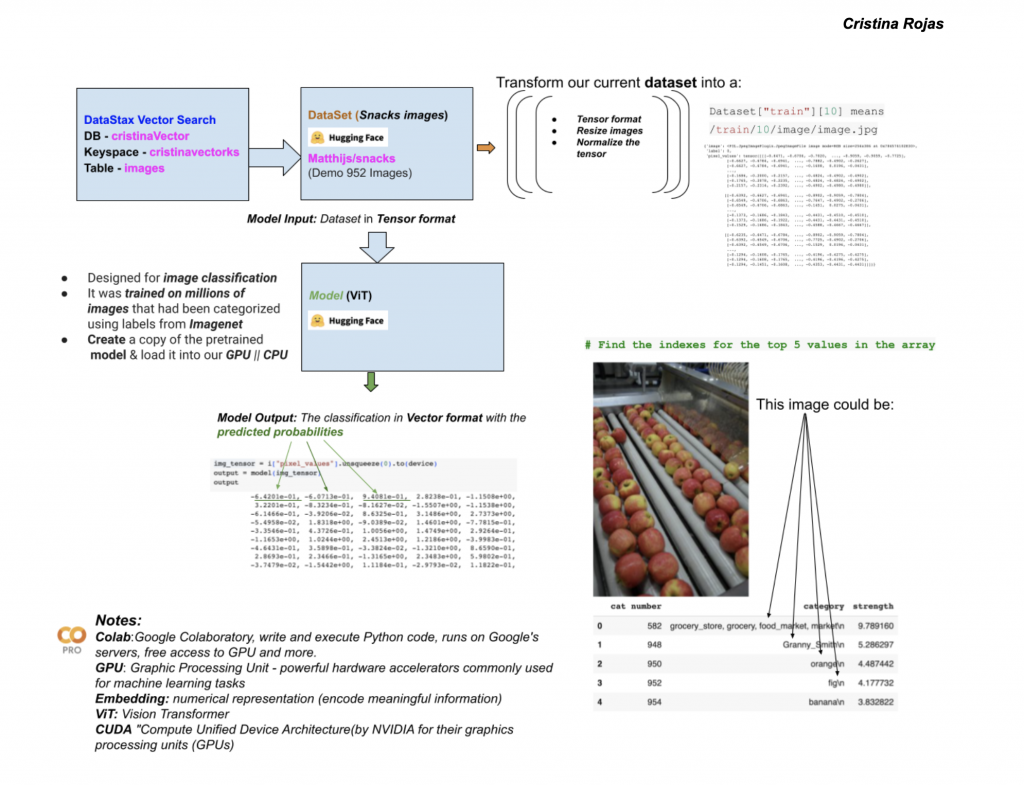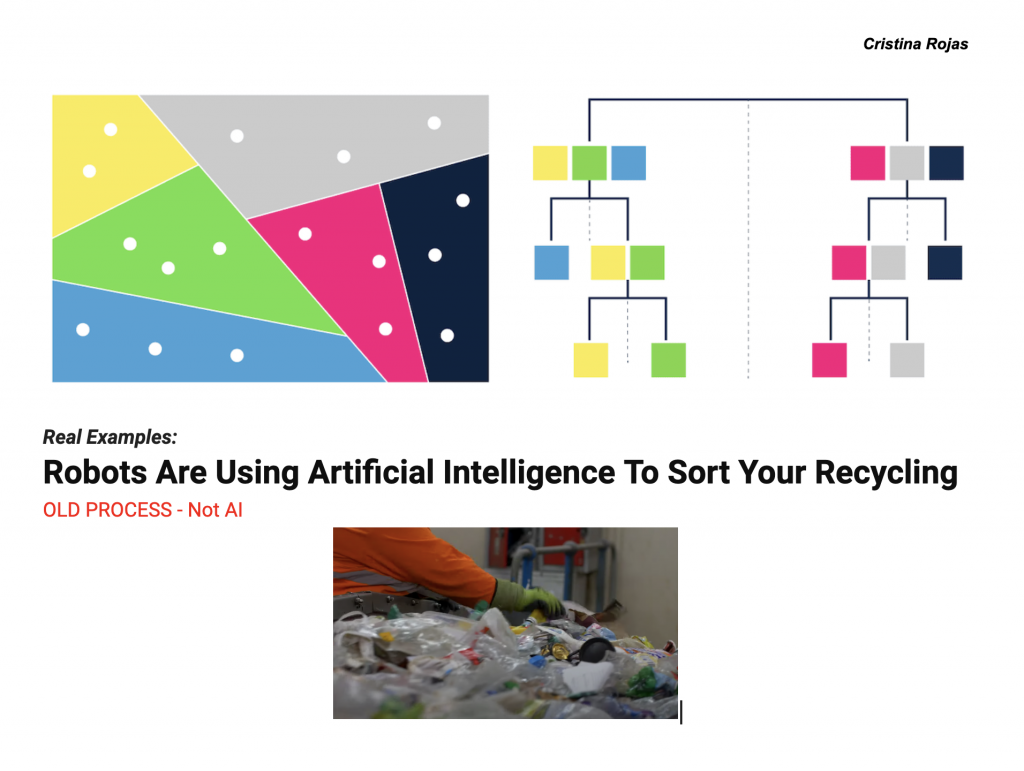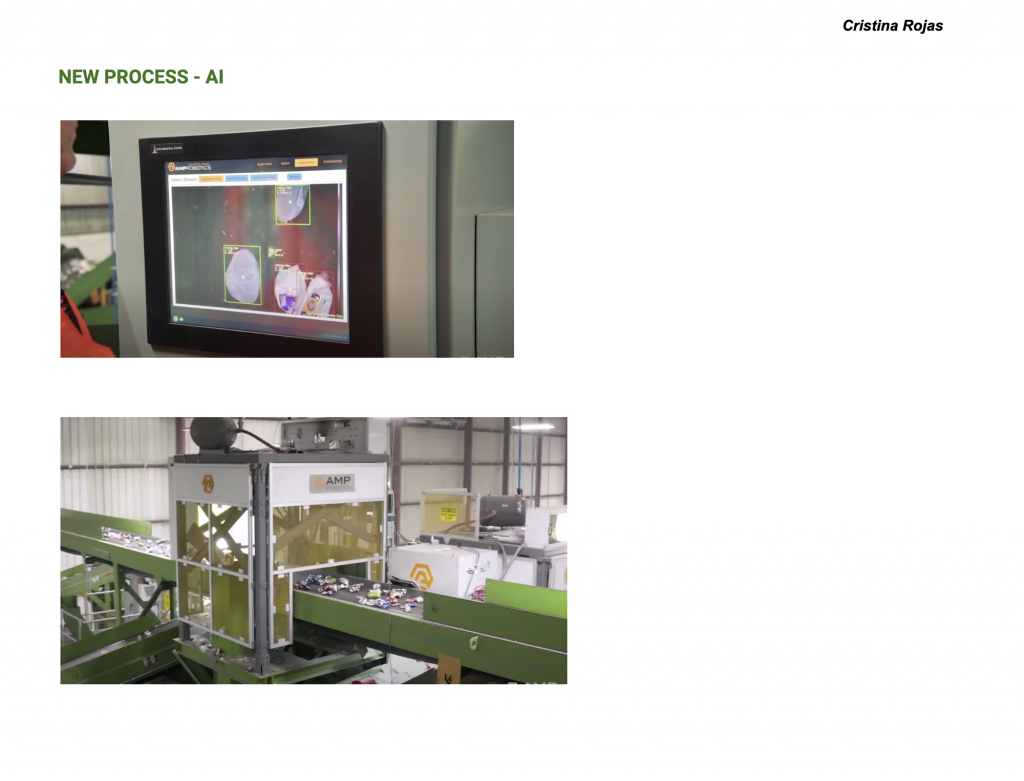How Vector Search works?

Here is a post with an example of how Vector search works.
What is vector search?
Vector search is a cutting-edge approach to searching and retrieving data that leverages the power of vector similarity calculations. Unlike traditional keyword-based search, which matches documents based on the occurrence of specific terms, vector search focuses on the semantic meaning and similarity of data points. By representing data as vectors in a high-dimensional space, vector search enables more accurate and intuitive search results.
Demo:
The following link is where we are going to run our code:
To create our Vector search DB click here Astra DataStax
Explanation:
What is happening in the next steps?
Inference – getting the embeddings for our data
Getting the Output that is coming from the MODEL (With the images classification results & a Vector format)
Saving our embeddings to AstraDB
We are creating our table with the ann_index and inserting the model output into that table.
DB is: cristinaVector
Create a table called: images into our keyspace called: cristinavectorks
Who is doing the magic inside our Vector DB to give us an image similarity?
ann_index who is using the ANN (Approximate Nearest Neighbors) that is an algorithm that efficiently finds approximate nearest neighbors to a given query point in a large dataset.
Querying our data with another image
1.- Let’s pretend to upload an image to your cool new image-to-image search app.
2.- It is going to calculate its embeddings and then ask the database for similar images (Returning ‘nearest neighbor’ using ANN search)
By Cristina Rojas






